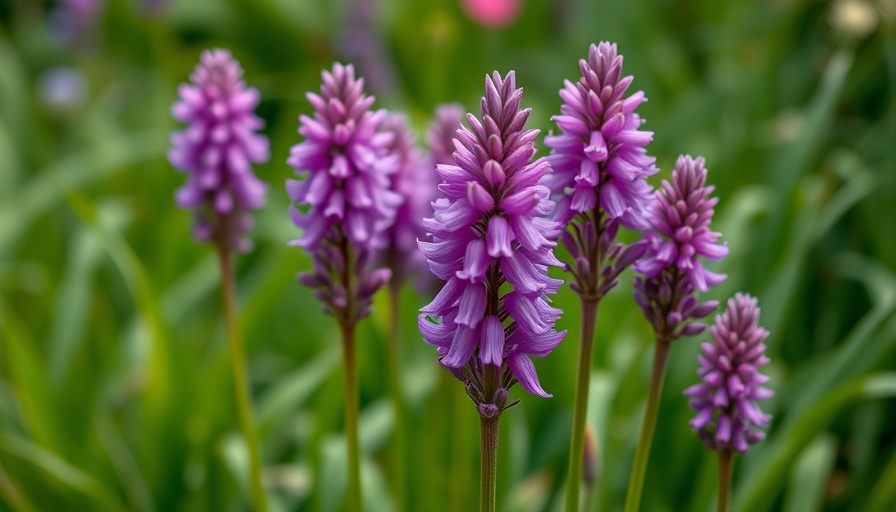
Why Chives Should Be Your Next Garden Project
Chives (Allium schoenoprasum) are an underrated hero in the herb world. As a hardy perennial, they not only bring a burst of flavor to your culinary creations but also add charm to your garden with their bright green leaves and eye-catching purple flowers. This makes them an ideal choice for those exploring the dynamic world of herb gardening. Whether you're a seasoned gardener or just starting out, chives can be a wonderful addition to your backyard, providing benefits beyond their culinary uses.
Exceptional Growth and Care for Chives
Growing chives is straightforward, as they thrive in a variety of conditions. They prefer full to partial sunlight and well-draining soil with pH levels between 6.0 and 7.0. Ideally, you should allow about 60 days for your chives to reach maturity. Whether you decide to grow them from seeds or transplants, ensure adequate spacing of about 8-10 inches to promote healthy growth. Additionally, they require moderate watering, making them suitable for any gardener looking for a manageable project.
Boosting Your Garden’s Ecosystem
Chives are not just for cooking; they also attract butterflies and beneficial insects such as ladybugs. This makes them a perfect choice for companion planting in your vegetable garden. By introducing chives to your garden layout, you're not just enhancing the aesthetic appeal of your space but also fostering a conducive environment for pollinators and natural pest controllers. Thus, chives may serve as a stepping stone into organic gardening and sustainable practices that benefit your entire garden ecosystem.
Harvesting: Timing and Techniques
When it comes to harvesting chives, timing is essential. The best time to pick is before they flower, as the leaves are full of flavor during that period. Use scissors to snip the leaves, ensuring you cut just above the base to encourage regrowth. Regular harvesting not only boosts your culinary supply but also promotes healthy growth, as chives respond well to frequent trimming. Integrate this simple practice into your garden maintenance routine for a thriving herb garden.
Utilizing Chives in the Kitchen
Chives are versatile in the kitchen, lending their mild onion-like flavor to a variety of dishes. They can be used fresh in salads, omelets, and pizzas, or even as a garnish for soups. An interesting culinary trick is to blend chives into butter for a delightful chive butter spread. This way, you can add a touch of elegance and flavor to your dishes effortlessly. The possibilities are endless, encouraging a healthy lifestyle infused with fresh ingredients.
Preparing Your Garden for Chives
Before planting chives, it’s crucial to ensure your garden is ready for them. Starting with soil preparation, consider enriching the soil with organic matter and testing its pH level. This foundational step can significantly affect the growth and health of your plants. Also, explore raised garden beds or vertical gardening methods to maximize space. Getting the layout right can enhance not only the chive growing experience but also the overall design of your garden.
Conclusion: Take the First Step Towards a Thriving Herb Garden
By introducing chives into your gardening practices, you're investing in a plant that offers both practical kitchen benefits and environmental contributions. Start with the tips outlined here to ensure your chive plants flourish. Remember, gardening is a journey, and every small step counts towards creating a vibrant outdoor space. Don’t hesitate—you can start your herb garden today, and enjoy the rewards they bring to both your meals and your garden!
 Add Row
Add Row  Add
Add 




Write A Comment